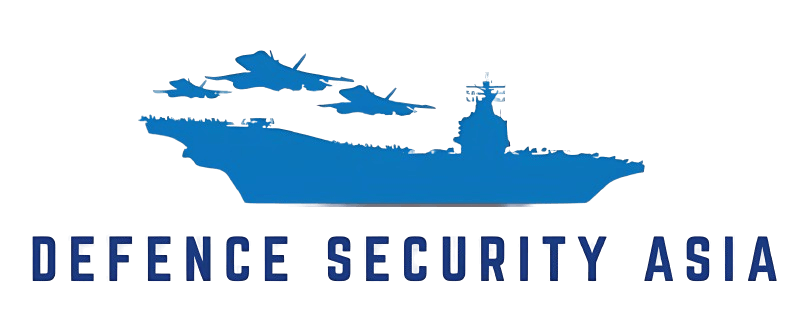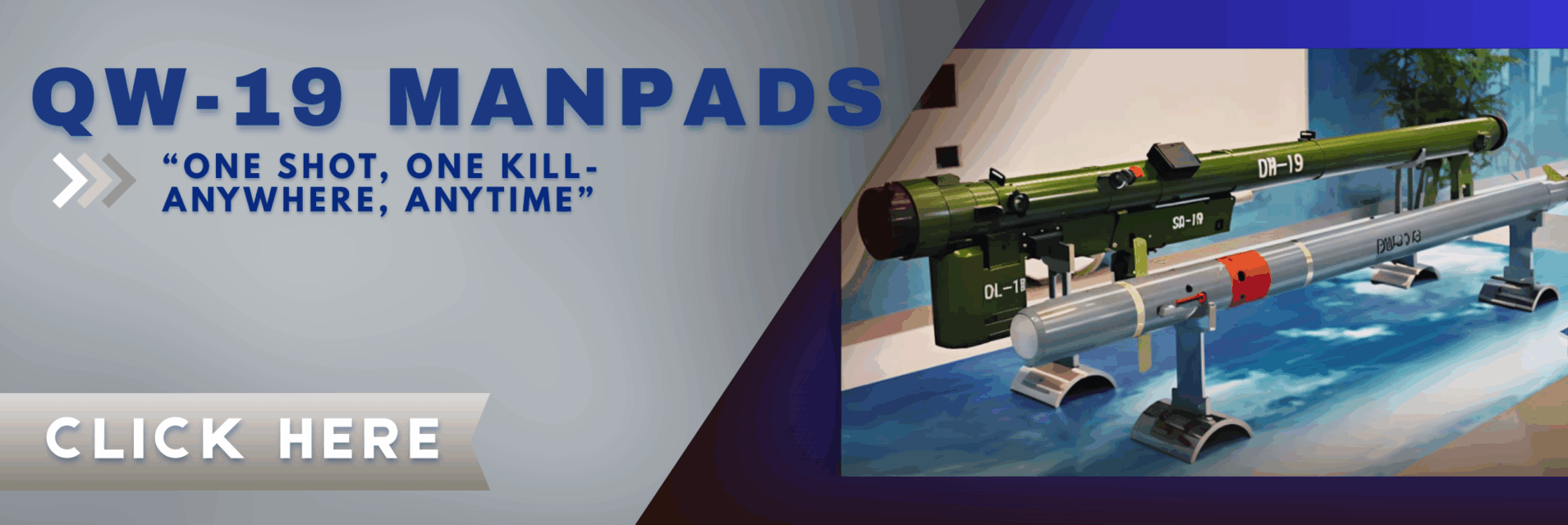It’s Time to Rename the South China Sea to a More Appropriate Name
Parties in the region argued that the current name (South China Sea) implies Beijing ownership of the entire waterway, despite most of the waters is located within the South East Asian region.

(DEFENCE SECURITY ASIA) — “What’s in a Name? Calls has been intensifying to rename the South China Sea to another name amidst ongoing disputes, stirred by China’s agressive moves to claim ownership to almost all of the strategic waterways which is vital for the survival of global trade.
The name “South China Sea” has sparked prolonged controversy, with many in the Southeast Asian region advocating for a change to a new name for this strategically vital waterway in global trade.
Why? Parties in the region argued that the current name (South China Sea) implies Beijing ownership of the entire waterway, despite most of the waters is located within the South East Asian region.
Given China’s assertive posture in enforcing what they claim as their “maritime rights” in the South China Sea, calls to rename the waterway have grown stronger recently.
Some propose “Southeast Asian Sea” or “Malay Sea” (at least Malaysia’s part of the South China Sea) as the new name.
Several Southeast Asian countries have taken unilateral actions by renaming their Exclusive Economic Zone (EEZ) areas within the South China Sea.

Whether these actions gain recognition from the international community and international bodies is a separate matter.
What is crucial is that these countries do not want their EEZ areas to be identified as part of the South China Sea.
Vietnam refers to the South China Sea as the “East Sea” .
Some also suggest “Southeast Asian Sea” as the new name for the South China Sea.
In 2017, Indonesia renamed its EEZ area in the southwestern South China Sea as the “North Natuna Sea,” signifying the country’s ownership of the resource-rich oil and gas region.
Beijing objected to Jakarta’s move, sending a diplomatic protest to the Indonesian Embassy in China, urging the cancellation of the decision.
China argued that Indonesia’s action of changing an ‘internationally accepted name’ led to “complications and further exacerbation of disputes, thus affecting security and stability.”

Beijing almost forgot that it also undertaken unilateral moves to renaming several, if not all maritim features within South China Sea to Chinese names to indicates its illegal “ownership” of the maritime features and the surrounding waters.
However, China’s protest on Indonesia’s decision has fallen in deaf ears, and Jakarta continued using the name North Natuna Sea in all official matters.
The Philippines had also initiated efforts to rename the western waters of the country as the “West Philippine Sea” since 2011.
In 2012, the Philippine government formally announced the use of the West Philippine Sea to identify the waters west of the country, previously known as the South China Sea.
Official documents, communications, and maps started adopting the name West Philippine Sea.
Although the international community does not officially recognize these name changes, some international media outlets have started using the names given by Jakarta and Manila in their news reports.


As for Malaysia, the government continues to use the name South China Sea, despite various suggestions for a new name for the country’s EEZ in the South China Sea.
Perhaps it is time for the government to seriously consider a new name for its waters in the South China Sea that reflects our ownership and sovereignty, which are currently contested by “external forces”.
If the Philippines and Indonesia can do it, what’s stopping us?
China has even taken the initiative to give Chinese names to several maritime features within our EEZ, such as the Raja Jarum Shoal (Beikang Ansha), Beting Patinggi Ali (Nankang Ansha), and Beting Serupai (Zengmu Ansha).
Beijing’s action in naming these maritime features in Chinese indicates its desire to be recognized as the owner. – DSA



Comments are closed.